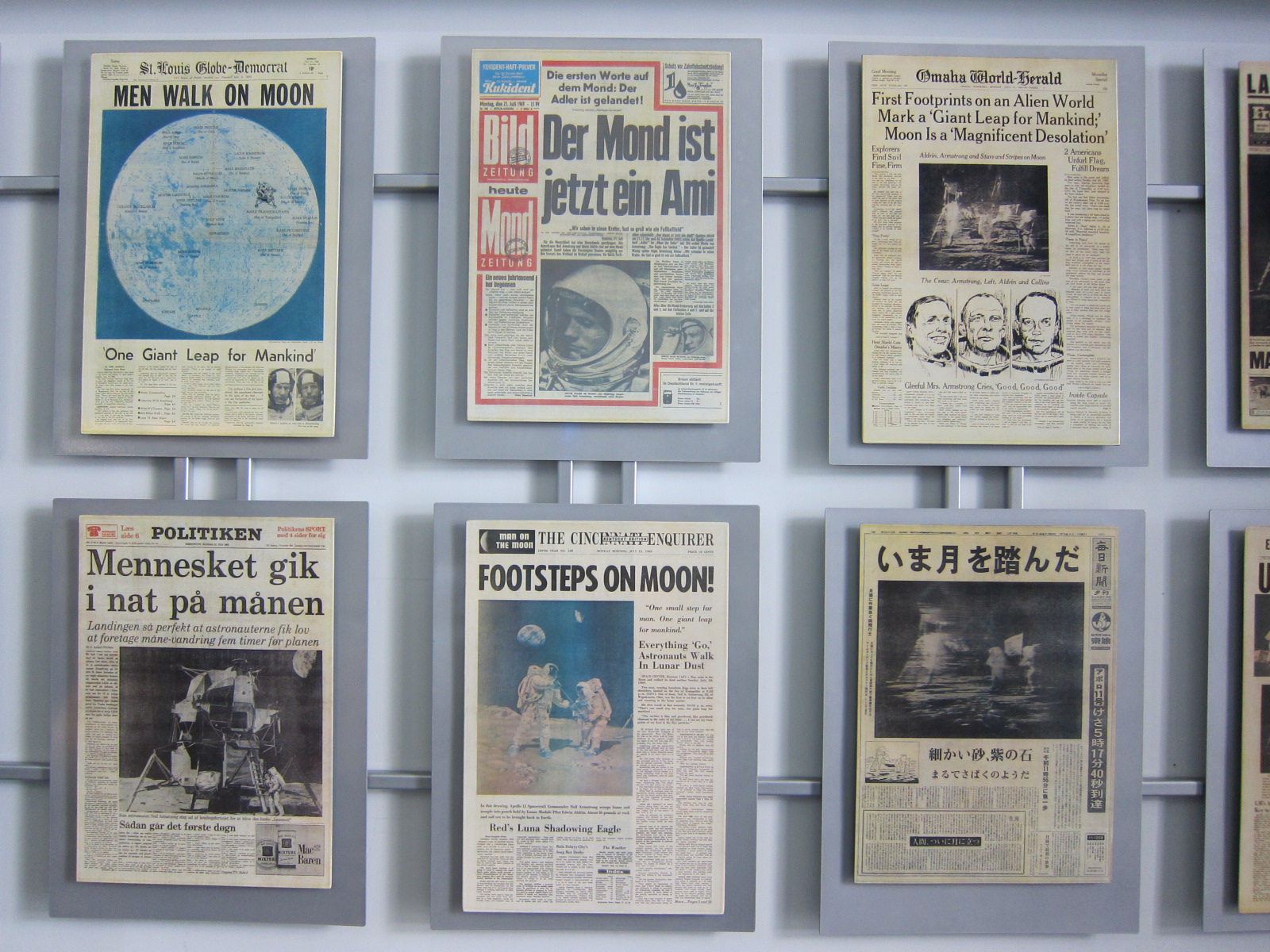Amazon is researching Prime Air, the use of small drones to deliver packages to its customers in 30 minutes or less. They're throwing around a "as early as 2015" release date for release, pending FAA regulations.
Seriously.
I'm all for bring science and technology forward, but this seems like an idea in search of a problem. I don't hear many people complain about not getting their packages quick enough from Amazon. Regular old Amazon Prime (free two day delivery and $4 overnight for $70 a year) seems like it would be good enough for anyone that needs products quickly.
I get it. Amazon head Jeff Bezos wants to get ahead of small nimble upstarts that may be able to quicker delivery than they can. But I'd rather see these R&D resources go into process improvements, employees, stockholders, charities, SOMETHING. Those suggestions, and others, are plenty of ways to stay ahead of the competition that are a little more grounded.
I don't want these annoying little thinks buzzing all over the damn place. I don't want people jacking my packages. The video shows a nice family in a house with a huge lawn - just imagine if you live in an apartment, or even worse, in a crowded city. Although it may be hilarious to see some drone collisions.
In the meanwhile, check out my favorite flying robots of all time from the 1987 movie Batteries Not Included











